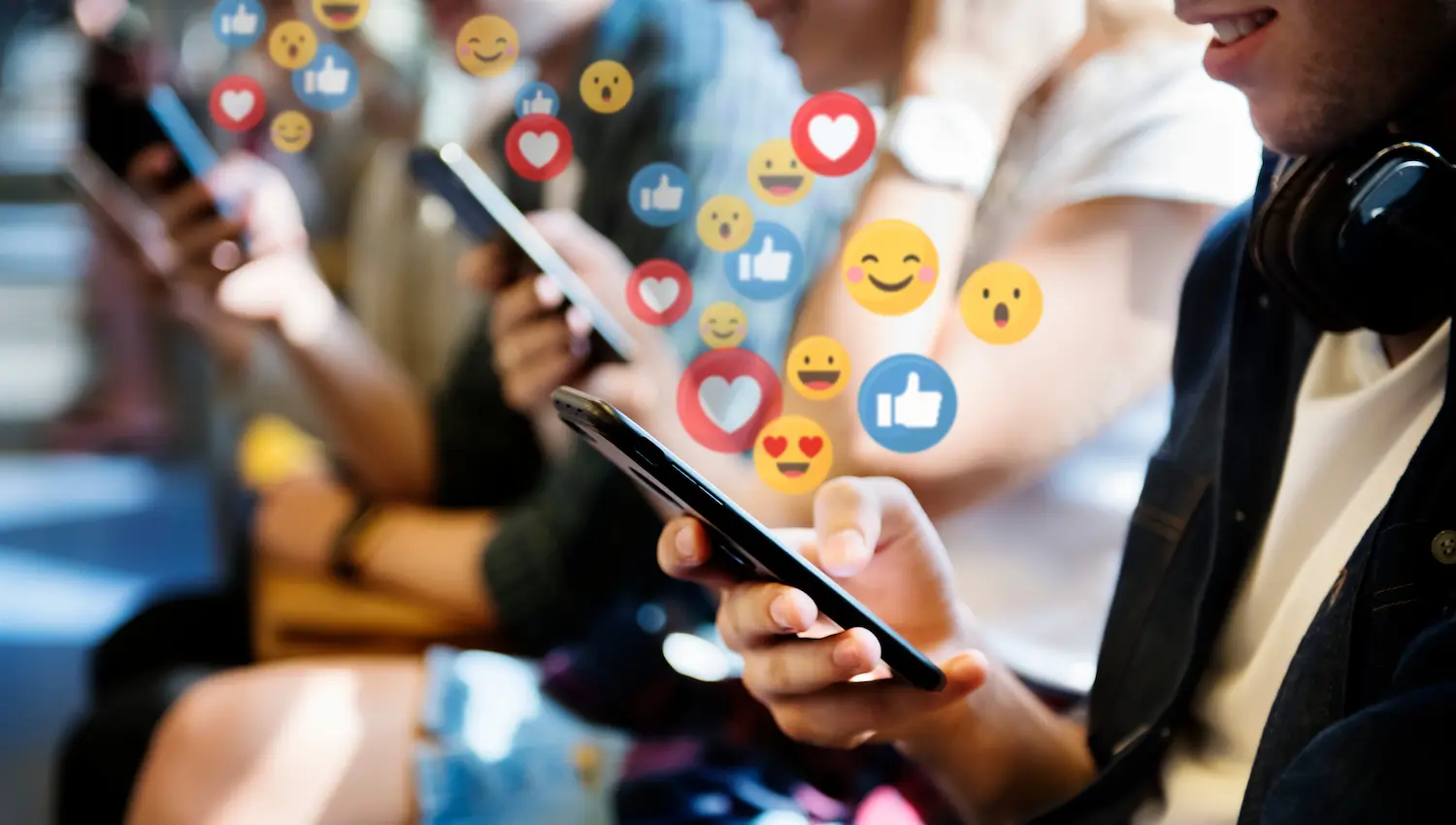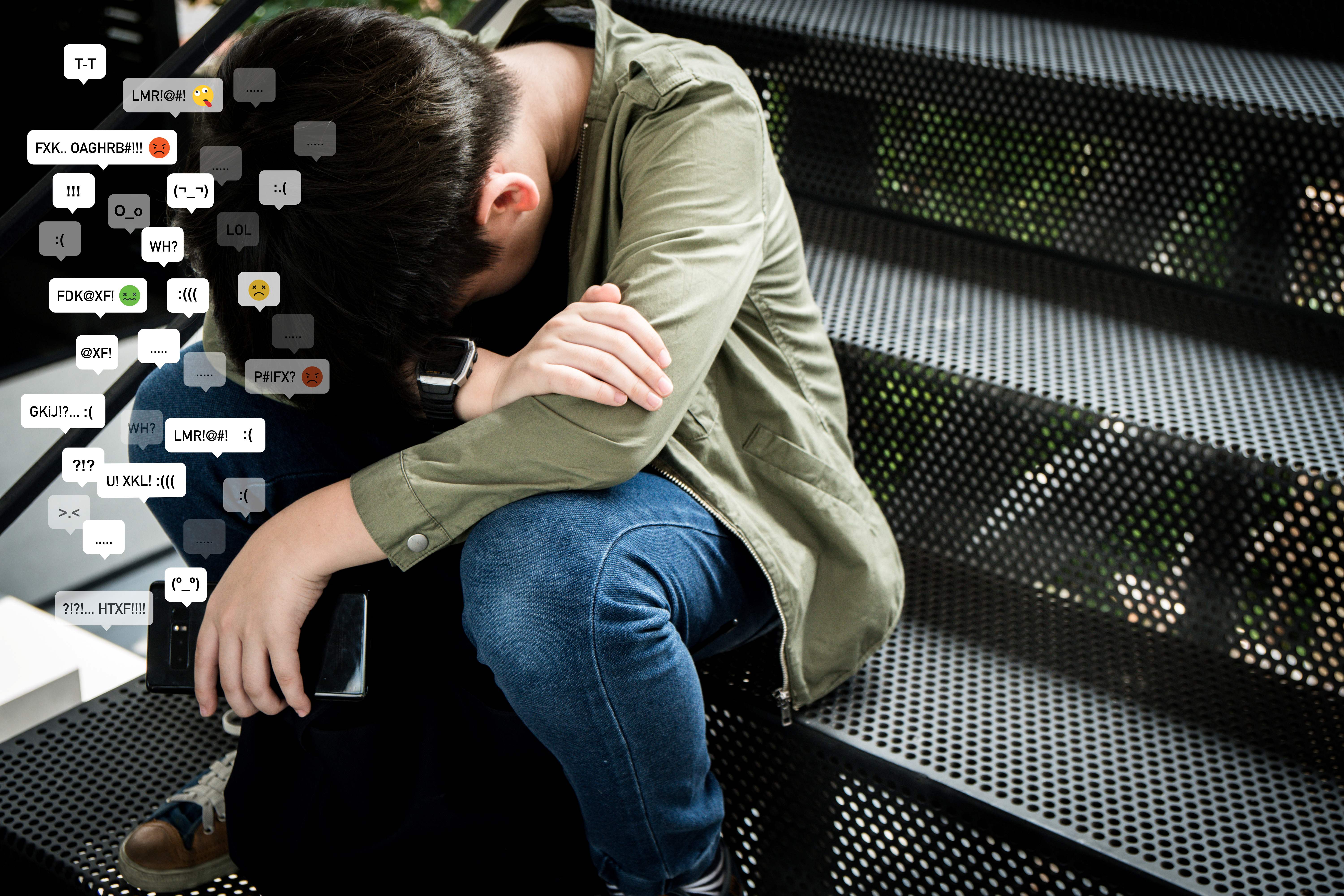Teens, Anxiety, and Social Media:
Social Media & Anxiety

Let’s face it… parenting in the digital age is no small task. Between endless TikToks, disappearing Snapchats, and YouTube rabbit holes, it can feel like our kids are growing up in a world we never had to navigate. And while technology has its perks, many parents are asking a very real and important question:
“Is all this screen time affecting my child’s mental health?”
The short answer? It might be. Especially when it comes to anxiety.
We now know that anxiety is one of the most common mental health challenges teens face today. And while social media isn’t the only reason, it’s definitely playing a role. Here’s what parents need to know, and more importantly, what you can do to help.
________________________________________
The Anxiety + Social Media Link
First, a few important numbers:
• Nearly 1 in 3 teens has an anxiety disorder.
• 95% of teens use social media.
• About 1 in 3 say they’re online “almost constantly.”
That’s a lot of scrolling, and a lot of pressure on young minds that are still developing.
While social media can be a fun way for teens to connect, it can also stir up stress, comparison, and information overload. Teens are constantly seeing highlight reels of everyone else’s “perfect” life: filtered vacations, flawless selfies, straight-A report cards. It’s no wonder so many feel like they don’t measure up.
Social media also keeps them “always on.” They’re afraid of missing out, they check their phones late into the night, and some even wake up to respond to texts or DMs. Over time, that takes a toll, not just on their sleep, but on their mental and emotional well-being.
________________________________________
What Anxiety Can Look Like in Teens
Anxiety doesn’t always show up as panic attacks or worry. Sometimes it hides in plain sight:
• Changes in sleep (too little, too much, or always tired)
• Constant stomachaches or headaches
• Mood swings or irritability
• Avoiding social situations (even virtual ones)
• Declining grades or missed assignments
If you’ve noticed any of these and your teen is spending a lot of time online, it might be worth asking if something deeper is going on.
________________________________________
How Social Media Makes It Worse
Here are a few ways social media might be feeding your teen’s anxiety:
1. Endless Comparison
They see someone else’s perfect body, perfect relationship, or perfect life and feel like they don’t measure up. What they forget is that it’s all carefully curated.
2. Fear of Missing Out (FOMO)
If they’re not online, they might miss the inside joke, the group chat, or the latest trend. That fear keeps them checking in constantly, even during school, late at night, or when they should be resting.
3. Cyberbullying or Subtle Exclusion
Even if no one is being overtly cruel, teens notice when they’re left out of posts, ignored in group chats, or not tagged. That quiet exclusion can hurt just as much as harsh words.
4. “Popcorn Brain”
Quick, fast-paced videos (think TikTok and YouTube Shorts) condition their brains to crave constant stimulation. Slower-paced activities like reading, conversation, or even sitting still start to feel boring or unbearable. Restlessness is often mistaken for laziness or lack of focus, when it’s really overstimulation.
________________________________________
What You Can Do (Without a Battle)
You don’t have to ban every device or become a tech expert overnight. Here are some practical ways you can support your teen and help them find balance:
- Create Tech-Free Zones
Start small: no phones at the dinner table, in the bathroom, or during family time. Make your home a safe place to unplug.
- Power Down Before Bed
Set a rule: no screens an hour before sleep. Blue light messes with melatonin (the sleep hormone), and late-night scrolling amps up anxiety. A simple bedtime routine (shower, snack, book) can work wonders.
- Use a Media Agreement
Sit down with your teen and come up with some shared boundaries. Write it out and post it somewhere visible. Make sure they know it’s not about punishment, it’s about protecting their brain and emotional health.
- Talk About What They See Online
Ask open-ended questions. “What’s the funniest video you saw today?” or “Is there anything on social media that makes you feel stressed?” Your curiosity (not judgement) can open the door to real conversations.
- Model Healthy Behavior
Kids are watching us. If we scroll at red lights, during dinner, or before bed, they’ll think that’s normal. Show them what it looks like to disconnect and be present.
- Encourage Offline Joy
Help your teen rediscover what makes them feel good: drawing, music, sports, baking, building, or just hanging out with real-life friends. Anxiety often eases when we’re engaged in meaningful, unplugged activities.
________________________________________
When to Get Extra Help
If your child seems stuck in a cycle of worry, isolation, or sadness, don’t wait. Talk to their pediatrician, a counselor, or school therapist. Anxiety is treatable and early support can make a big difference.
Also, let your teen know that it’s okay not to be okay. They don’t need to have it all figured out. And they’re not the only one feeling this way.
________________________________________
Final Thought: You’re Not Alone
Parenting through the age of algorithms and infinite scroll is hard, but you’re not doing it alone. Millions of other parents are asking the same questions, facing the same struggles, and learning as they go.
The most important thing? Keep showing up. Keep talking. Keep offering safety, structure, and grace. You don’t need to be perfect, you just need to be present.
Continue to have those casual courageous conversations! You’ve got this.
Sources:
- Operation Parent Handbook (2025 Edition)
- SAMHSA: Technology and Youth Mental Health
- CDC: Youth Risk Behavior Surveillance System (YRBSS)
- American Academy of Pediatrics: Media and Mental Health
- Pew Research Center: Teens, Social Media, and Technology
- Common Sense Media: Social Media, Social Life: Teens Reveal Their Experiences
%5B90%5D.avif)





